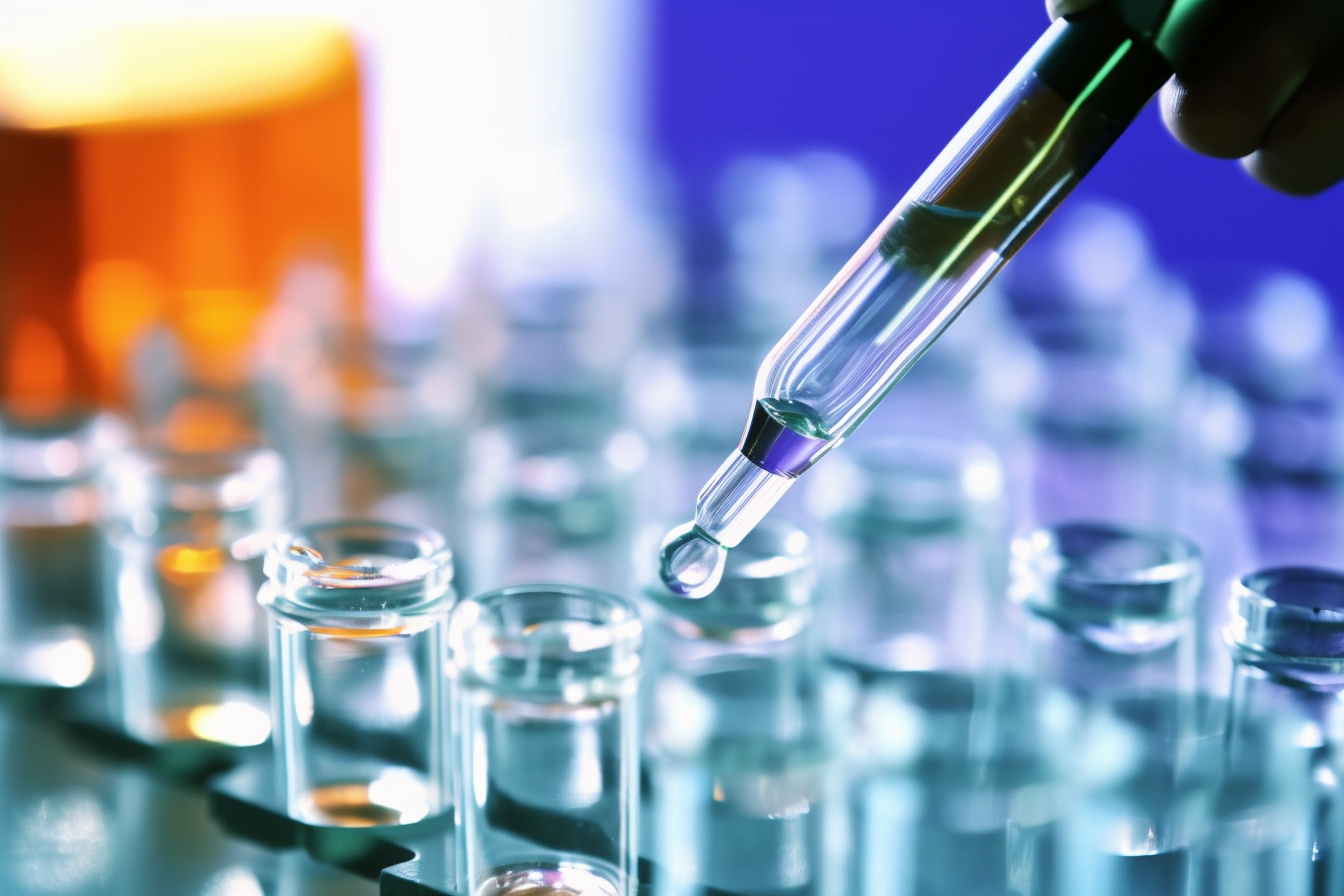Is tris (hydroxymethyl) aminomethane hydrochloride a hazardous chemical?
Release time:
2023-09-23
In the field of chemicals, hazardous chemicals are often widely discussed, referring to chemical substances with certain hazardous properties that may pose potential threats to human health, the environment, or property. As a chemical raw material, the safety of tris (hydroxymethyl) aminomethane hydrochloride has also attracted many people's attention. Is it a hazardous chemical? Let's take a look together.

1、 Overview of Tri (hydroxymethyl) aminomethane hydrochloride
Firstly, we need to understand what tris (hydroxymethyl) aminomethane hydrochloride, abbreviated as Tris HCl, is a commonly used biological buffer commonly used in laboratory research and analysis, especially in the fields of molecular biology and biochemistry. Tris HCl is used for its effective buffering performance, which can maintain the stability of the experiment and ensure that the reaction takes place under specific acid-base conditions.
2、 Safety of Tri (hydroxymethyl) aminomethane hydrochloride
Tri (hydroxymethyl) aminomethane hydrochloride, as a common chemical in the laboratory and industry, is classified as non hazardous according to the Chemical Safety Data Sheet (MSDS), so it is not classified as a hazardous chemical. However, for safety reasons, it is recommended to operate it correctly during use. The following are safety considerations for tris (hydroxymethyl) aminomethane hydrochloride:
1. Irritation and corrosiveness: As it is usually a relatively mild compound and does not have strong irritation or corrosiveness, it is still necessary to avoid contact with the skin and eyes to prevent adverse reactions. When handling, pay attention to using appropriate personal protective equipment, such as laboratory gloves and goggles.
2. Inhalation risk: Like many dust and particulate matter, tris (hydroxymethyl) aminomethane hydrochloride is also in its original form as a powder. If accidentally inhaled, it may cause a certain degree of harm to the respiratory system. Therefore, appropriate ventilation measures should be taken during use to ensure a clean working environment and avoid inhaling dust.
3. Fire and explosion hazards: Tri (hydroxymethyl) aminomethane hydrochloride is a non flammable compound that typically does not cause fire or explosion. However, in any chemical laboratory or industrial environment, appropriate fire safety measures should be taken and stored away from fire sources and flammable materials.
4. Storage and disposal: Proper storage and disposal are also key factors. It should be stored in a dry, cool, well ventilated place, away from strong acids, alkalis, and oxidants. Discarded tri (hydroxymethyl) aminomethane hydrochloride should be disposed of according to procedures and cannot be stacked randomly.
From the above, it can be seen that tris (hydroxymethyl) aminomethane hydrochloride is not usually classified as a hazardous chemical, but everyone also needs to follow safe operating practices when using and handling it. As an advantageous manufacturer of Biological buffer, Desheng operates in a standardized manner during the production process, with workers wearing relevant protective equipment to ensure personal safety and product safety and stability. At present, there are spot goods for sale in the warehouse. If you have any interest, please feel free to contact us for purchase!
Previous page
Previous page
Contact details
Contact number
Address: C8, Guanggu United Science and Technology City, Ezhou City, Hubei Province
Fax:0711-3704 589
Follow us



